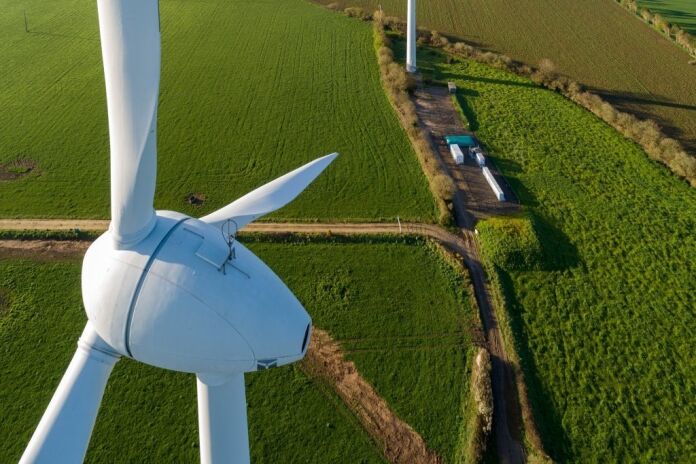Boralex Inc. announced this week that the Scottish Government has approved the proposed Shepherds’ Rig Wind Farm in Dumfries and Galloway, South West Scotland.
Mountaineering Scotland is disappointed in the decision by the Scottish Government to grant planning permission for the Shepherd’s Rig windfarm near Cairnsmore of Carsphairn, in Dumfries and Galloway. This development will undoubtedly have an impact on the experience of walking in the Galloway hills, as the earlier Public Inquiry clearly identified.
An application to develop a wind farm near Carsphairn in Dumfries and Galloway has been given the green light by the Scottish Government following a public inquiry in November 2021. The proposal, submitted to the Scottish Government under Section 36 of the Electricity Act in December 2018, consists of up to 17 turbines with an installed capacity in excess of 50 megawatts (MW) and is located to the east of Carsphairn within a commercial forestry plantation.
The Shepherds’ Rig project is being progressed by Boralex, a Canadian independent power provider with a large portfolio of operational wind farms, solar farms and hydro schemes, who acquired UK-based renewables developers Infinergy in July 2022 with an ambition to grow the portfolio of ready-to-build and operational renewable energy assets in the UK to 1GW by 2030.
“We are boosting deployment of development capital and operation capabilities in the UK, which we regard as a high-potential market for developing onshore wind as well as solar and energy storage facilities. This represents a great contribution to the geographic diversification of our activities, a key element of our Strategic Plan. We are confident that our experienced UK team can get the pipeline successfully operational in the
coming years and Shepherds’ Rig plays an important part in that plan,” said Nicolas Wolff, Vice President and General Manager of Boralex, Europe.Project Director Richard Frost said: “Shepherds’ Rig is a well-sited and designed project which will contribute to Scotland’s efforts to abate climate change and provide an opportunity for the local community and businesses to benefit further from onshore wind development. I am delighted that we can now move forward
with this project.”
The team will now make preparations for financing as well as contract negotiation. It is hoped that local businesses will be well placed to supply their services to this project, enabling job security and economic growth in the area.
Mountaineering Scotland’s CEO Stuart Younie said “ We recognise the need to deliver energy security for the people of Scotland and to move to renewable production as part of a commitment to tackling the climate crisis. Our concern is that approval of this project in the last turbine-free part of the Galloway Hills will be the first of many more onshore wind projects that will be supported under the new Scottish Government planning policy, despite objections being submitted through the local planning process.
“Under the new policy framework renewable energy companies will be looking forward to generating big profits at the expense of our world class landscape and we should all be very concerned about what our country is going to look like over the next 10 – 20 years and the potential impact this new policy will have on some of our wild and most beautiful areas.”
It appears that the assessment of the Shepherd’s Rig development based on the detailed evidence supplied in the Public Local Inquiry on impact to the landscape has not changed – it is Scottish Government policy landscape that has changed, and with it, a change in the value of Scotland’s landscapes.
The Public Inquiry decision letter states: “In our original report, we found that the significant effects on the area’s recreational resources should be given significant weight, to the extent that they outweighed the aims of delivering renewable energy. In the updated policy context, we find that the proposal’s obvious contribution to renewable energy targets causes the benefits as a whole to now clearly outweigh the significant landscape and visual effects.”
If there was not a continuing requirement for planning decisions to balance the potential benefits and site-specific harms, there would be no need for windfarms to go through the planning system at all except to agree planning conditions.
Our focus is on Scotland’s mountain landscapes and we have a genuine concern over what protections now exist to protect our landscapes and for how long will people be able to continue to enjoy the wild qualities of Scotland’s mountains.
All of the application documents are available in the downloads section of the project website www.shepherdsrigwindfarm.co.uk.

